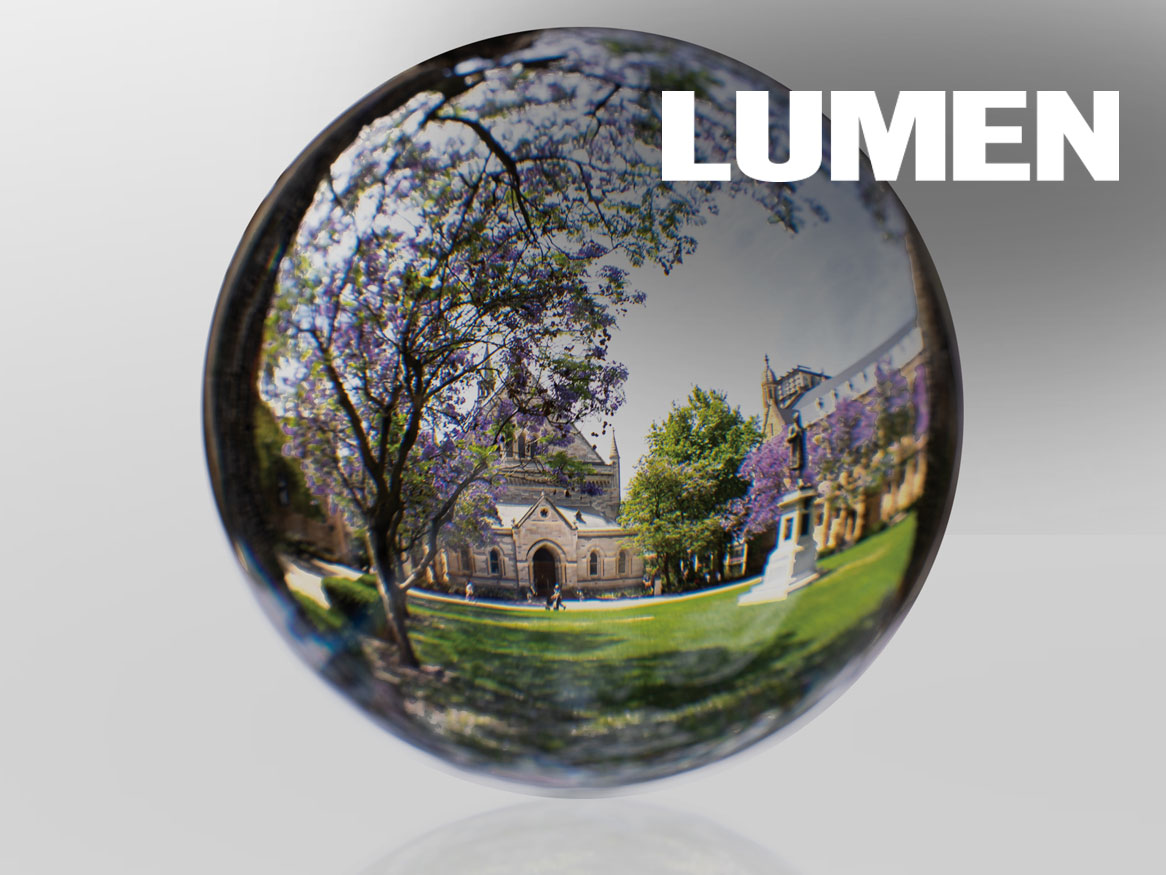Sun and Adelaide University to create world-leading supercomputing system

Associate Professor Tony Williams with the supercomputer.
Full Image (517.73K)
Associate Professor Tony Williams and Mr David Hussey, State Manager of Sun Microsystems, with the new supercomputer in the background.
Full Image (387.92K)
Monday, 19 June 2000
Sun Microsystems is joining forces with Adelaide University to open a major new physics facility with what is thought to be the largest supercomputing cluster in the Southern Hemisphere.
The $3.6 million facility - the National Computing Facility for Lattice
Gauge Theory (NCFLGT) - will equip the University with a system capable of 144 billion calculations per second. It will enable Adelaide-based scientists to compete at the forefront of international research into lattice gauge theory - an advanced supercomputing technique that aims to advance understanding of the fundamental forces of nature.
The new facility will assist and complement the Special Research Centre for the Subatomic Structure of Matter (CSSM), a world-class research centre established at Adelaide University three years ago. While Adelaide University researchers will be the major users of the Facility, it will also be used extensively by their NCFLGT partners at the University of Melbourne and the University of New South Wales.
Under the arrangement, Sun will make a significant contribution to help establish the facility, including the provision of technology based on 40 clustered Enterprise 420 systems and the Solaris operating system. In addition the support services will be provided by Sun's Enterprise Services organisation.
Adelaide University Vice-Chancellor Professor Mary O'Kane said the Sun Microsystems' contribution was a vote of confidence in the University and the State.
"It's a recognition that world-leading research is taking place here in South Australia and deserves to be supported," she said. "Lattice gauge theory is a field that depends heavily on the use of supercomputing systems. The new cluster being provided by Sun Microsystems will be a major boost for our scientists in their efforts to advance our knowledge of the world at the deepest level.
"It will also further Adelaide University's long tradition of world-class physics, dating from the work of Nobel Prize winner Sir William Bragg early last century."
South Australian Premier John Olsen welcomed the announcement, saying:"While the South Australian Government has not been directly involved in this project, we are extremely pleased that Sun Microsystems have recognised the valuable work which can be advanced through this partnership with the innovative team at the University of Adelaide.
"Initiatives such as this demonstrate to a wide audience the degree of academic and research excellence which Adelaide has to offer, and the invaluable contribution by Sun will see this work advanced exponentially. Once again the IT sector in this state, represented by a multinational such as Sun Microsystems, has taken the lead in delivering the right tool at the right time."
Commenting on Sun's involvement, David Hussey, State Manager for Sun Microsystems in South Australia said: "Sun has worked closely with the academic community for many years as it is often the test-bed from which future technologies are cultivated."
"The Adelaide University project provided a valuable opportunity for Sun to be involved in world-leading research and development, and the size and complexity of the data computations means we can fully exercise the robustness and scalability of the Sun system.
"We look forward to seeding the next generation of high-performance computing technology from our involvement in projects such as this," he said.
The Manager of the Facility, Associate Professor Tony Williams, said that Sun Microsystems' involvement was a major advance for scientists working in the area of subatomic physics at the NCFLGT, the CSSM and elsewhere in the nation.
"The Sun Microsystems equipment will greatly enhance our research," he said. "It will allow us to tackle vastly more complex problems than had previously been possible and will enable us to continue to compete at the international cutting-edge of lattice gauge theory."
"This is an exciting opportunity and the vision and confidence demonstrated by Sun Microsystems in supporting our research efforts is greatly appreciated. This is another clear example of how cutting-edge fundamental research can stimulate advances in technology."
Lattice gauge theory: an explanation
All observed physical phenomena are believed to be understandable in terms of four fundamental forces - i.e. the strong (nuclear physics), electromagnetic (atomic physics and chemistry), weak (radioactivity) and gravitational interactions. Detailed mathematical theories, referred to as quantum field theories or gauge theories, successfully describe the first three of these forces. Our understanding of the theories is incomplete, however.
The new facility aims to use an advanced supercomputing technique referred to as lattice gauge theory to make internationally significant advances in our understanding of the fundamental forces of nature. The calculations are performed using a four-dimensional grid (or lattice) to represent space-time, which gives rise to the expression "lattice gauge theory". The calculations must be performed on ever-increasing lattice sizes to improve the accuracy of the predictions and hence larger and larger supercomputers are needed to undertake these calculations.
Contact details
Email: anthony.williams@adelaide.edu.au
Director, SA Partnership for Advanced Computing (SAPAC)
Director, Special Research Centre for the Subatomic Structure of Matter (CSSM)
The University of Adelaide
Business: +61 8 8313 3546
Mobile: 0414 687 264
Media Team
Email: media@adelaide.edu.au
Website: https://www.adelaide.edu.au/newsroom/
The University of Adelaide
Business: +61 8 8313 0814
Mr David Ellis
Email: david.ellis@adelaide.edu.au
Website: https://www.adelaide.edu.au/newsroom/
Deputy Director, Media and Corporate Relations
External Relations
The University of Adelaide
Business: +61 8 8313 5414
Mobile: +61 (0)421 612 762








